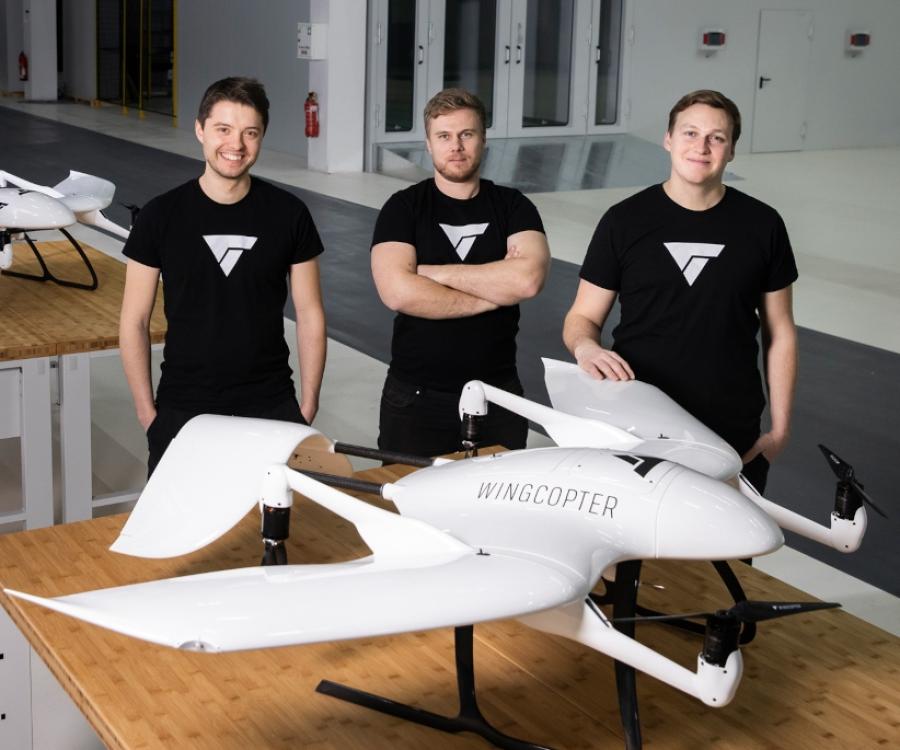
Due to mechanization and automation the amount of physical load work has been progressively reduced. Yet for those working in intralogistics, the manual handling of material is still very much part of the job. Partners in the “SensHand” project, funded by the German Federal Ministry of Education and Research (BMBF), have developed a prototype glove designed to help pickers.
As a rule, typical loads in distribution and postal logistics weigh less than the critical threshold of 12 kilograms. Yet it is the high frequency with which workers have to handle such loads that can stretch them to their limits. Workers in logistics are therefore at an increased risk of chronic and degenerative musculoskeletal conditions. High levels of work-related absenteeism are the result, thus making it difficult to be flexible in the deployment of personnel. Furthermore, it is becoming increasingly difficult to recruit capable people to work in the field of intralogistics.
The work aids currently available – such as powered pulley systems – have so far failed to prove their worth in everyday operations. Their static nature and nonintuitive operability has hindered their acceptance among workers. At the end of the day, a human employee is much more skillful than almost any lifting aid.
SensHand: intuitive human-machine interaction
A research consortium from the German Federal Ministry of Education and Research (BMBF) “SensHand” project has come up with a multimodal, lifting system that combines human coordination with the power and the endurance of a mechanical system. Designed to assist workers with the manual handling of loads, this intuitively operable, power-transmitting sensor glove features pressure, flex and position sensors that enable gesture-based control of the power-assisted lifting system. The fact that it is intuitively operable will ease acceptance among workers.
Ergonomics experts from the Fraunhofer Institute for Industrial Engineering IAO are working on several aspects of the project. These include the development of a reliable method of transmitting force from the pulley cable to the glove in a way that does not impair the user’s freedom of movement in any way. Functional tests and final product validation were carried out on a specially constructed test stand with a pulley system, an electric drive and control system. The result was a power-assisted glove. As Dr. Martin Braun, who headed the project on behalf of Fraunhofer IAO, explains: “Our prototype sensor glove not only meets physiological and mechanical specifications, thereby avoiding factors that trigger pain and ensuring the safety of the person using it, but also responds to the integrated sensors.”
In a series of real-life tests, Fraunhofer IAO then demonstrated the sensor glove’s functionality and its ease of use. People who tried it out verify that it is a very suitable solution. “It’s not at the marketable stage yet, but a number of company representatives have told us that they see major potential and benefits in the SensHand system,” Braun says.









